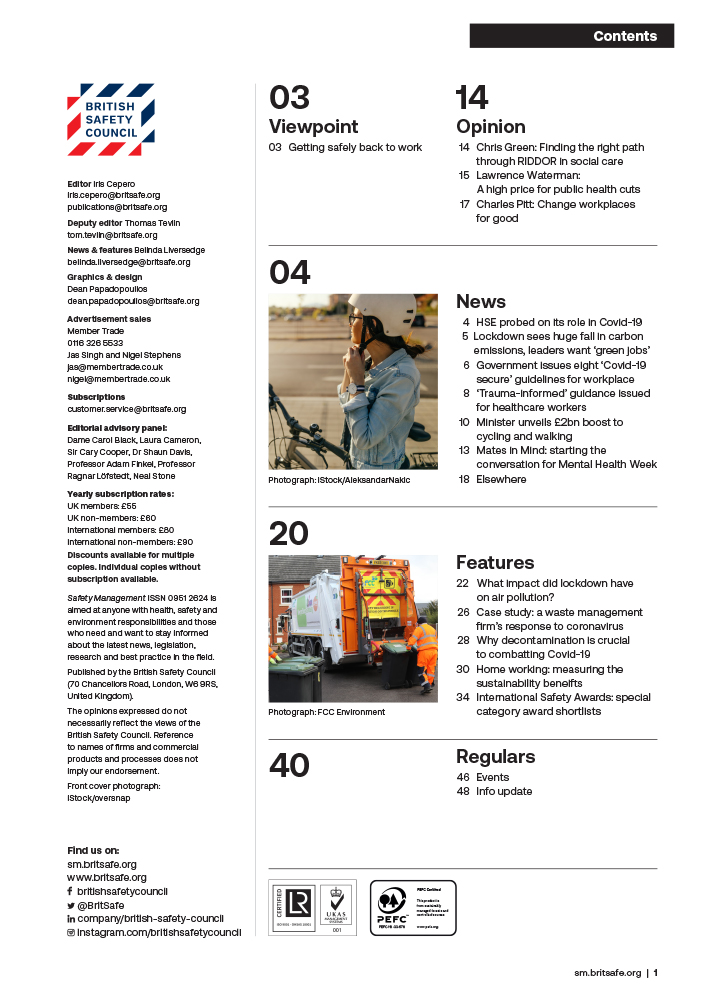News
Unfilled Indian railway vacancies prompt concerns over train driver fatigue risks
Although the Indian government publicly states that Indian Railways places the highest priority on the safe operation of the country’s trains and rail network, the state-owned body is struggling to fill a high number of vacant safety job roles, prompting accusations that safety on the network is being compromised.
The Union Railway Ministry revealed that out of approximately one million posts classified as ‘safety roles’ on the Indian Railways, more than 150,000 positions remain unfilled. This information was obtained under the Right to Information Act in March. According to the ministry, as of 1 March 2024, out of approximately one million ‘sanctioned’ safety posts, 152,000 remain vacant.

‘Safety category’ positions include a range of roles vital to train operations, such as locomotive pilots (train drivers), inspectors, crew controllers, clerks, guards/train managers, locomotive instructors, train controllers, track maintainers, station masters, points engineers, electric signal maintainers and signalling supervisors.
The ministry also revealed that out of a total 127,644 sanctioned posts of both locomotive pilots and assistant locomotive pilots in all railway zones across the country, 18,766 (about 14.7 per cent) were unfilled on 1 March 2024.
Incidentally, the number of vacant posts for locomotive pilots is much higher compared to assistant locomotive pilots. Data shows that the ‘sanctioned’ posts of locomotive pilots (drivers) is 70,093, out of which 14,429 (about 20.5 per cent) are vacant, whereas for assistant locomotive pilots, out of a total sanctioned posts of 57,551, only 4,337 (about 7.5 per cent) are vacant.
It has long been known that locomotive pilots work under extremely stressful conditions. The number of passengers using the Indian Railways on any given day is the highest in the world, and locomotive pilots face extremely challenging working conditions, with potential negative impacts on their health as well as potential knock-on effects on the safety of those who travel on the trains they drive.
Railway unions and drivers’ associations have long argued that the shortage of manpower is leading to an increase in locomotive crews’ duty hours as they are forced to cover the shifts of the vacant driver posts as well. In turn, this increases pressure and stress on the train drivers, which commentators say could compromise the safety of train operations.
The All India Loco Running Staff Association (AILRSA) has regularly lobbied railway management about concerns train crews are being overstretched due to a shortage of staff , claiming train crews are regularly being forced to work 12 to 20 hours at a stretch, which is detrimental to reliable and safe train operations.
Locomotive pilots are increasingly working longer hours, facing continuous night shifts and seeing rest times reduced, and railway unions say these factors have potentially contributed to a recent spate of fatal railway accidents. Union officials argue that the risk of rail accidents increases due to drivers working longer shifts.
Following a collision between a Sealdah-bound Kanchanjunga Express train and a freight train in West Bengal on 17 June, which killed nine people, including two railway employees, Railway Board chairman and CEO Jaya Varma Sinha said the pilot of the goods train was responsible for the fatal accident because he ignored a stop signal prior to the collision.
It was later claimed that the locomotive pilot was also not following the prescribed speed limits.
In its official communications Indian Railways been endorsing the theory of the crash being caused by “human error”. However, commentators say there has been little official focus on the fact the driver Anil Kumar, who was killed in the crash, had been working non-stop for four days and was taking a much-needed break at the New Jalpaiguri station when he was awakened at 2.30am and, against his will, ordered to drive the freight train.
In another case, two locomotive pilots of a goods train that collided with a stationary freight train at Onda in West Bengal’s Bankura district in June 2023 were dismissed from service after an investigation revealed they had fallen into micro-sleep (a seconds-long period of sleep) while working. As a result, their train passed the red signal and collided with the stationary train. Fortunately, no one was injured in the incident.
The AILRSA subsequently described the decision to dismiss the pair as “knee jerk”, stating that locomotive pilot Swarup Singha had been on 18 trips in the span of a month prior to the accident. Of these, 14 were night duties, 10 had involved shifts of more than 10 hours and eight were shifts lasting more than 12 hours’ duration, reported news agency PTI.
“The longer hours of work in most of the trips and the excess number of night duties caused extreme fatigue and accumulated sleep debt, induced the micro sleep,” said the AILRSA. “Falling on micro-sleep is not wilful and beyond the control of human being. It is a biological reaction of body.”
A senior AILRSA official said that the root cause of lack of alertness of the crew or Signal Passed at Danger (SPAD) incidents is inadequate rest. “Implementing the rules of rest is the only option to free loco pilots from fatigue,” he added. “It will also improve safety and efficiency of train operations.”
Incidentally, two days after the collision in West Bengal, the Railway Ministry announced it was recruiting 18,799 f assistant locomotive pilots in 16 zones across the country.


NEWS

India’s social security coverage doubles to almost 50 per cent, says ILO
By Orchie Bandyopadhyay on 08 April 2025
The proportion of India’s population covered under some form of cash paying social security protection has almost doubled in just three years, according to a new International Labour Organization (ILO) report.
Venue owners have two years to tighten up safety as Martyn’s Law passes Royal Assent
By on 01 January 0001

